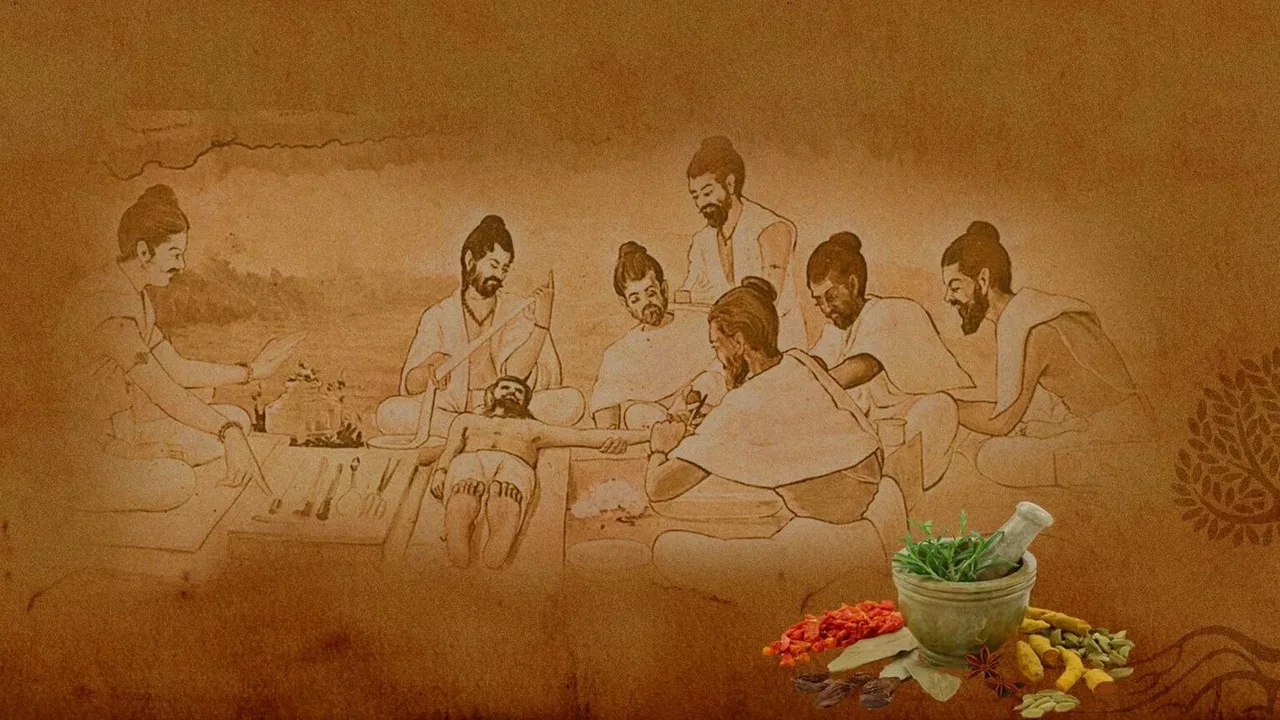Abrasions: How to Clean, Protect, and Heal Fast
Got a scrape or road rash? Abrasions are common and usually heal fine if you treat them the right way. The key is quick cleaning, smart dressing, and watching for infection. Here’s a simple, no-nonsense guide you can follow at home.
First: stop any bleeding. Apply gentle pressure with a clean cloth or gauze for a few minutes. Most abrasions only bleed a little and will stop quickly. If bleeding doesn’t stop after 10–15 minutes or is spurting, get medical help right away.
Cleaning and basic care
Wash your hands before you touch the wound. Rinse the abrasion under running tap water for 30–60 seconds to remove dirt and grit. Use mild soap around the area—don’t scrub the wound itself. If you see small bits of gravel, try rinsing them out with water; use tweezers only if they’re visible and you can remove them easily after sterilizing the tweezers with rubbing alcohol.
Avoid harsh chemicals like hydrogen peroxide or rubbing alcohol directly on the raw wound—these can slow healing. A gentle saline rinse or plain water is better. After cleaning, pat dry with a clean towel.
Apply a thin layer of antibiotic ointment (like bacitracin) if you’re not allergic. It keeps the wound moist, which speeds healing and reduces scab thickness. Cover with a sterile non-stick dressing or adhesive bandage. Change the dressing daily or sooner if it gets wet or dirty.
Watch for signs of trouble
Keep an eye on the abrasion for increasing redness, warmth, swelling, worsening pain, or pus. Those are classic infection signs. If you notice spreading redness, red streaks leading away from the wound, fever, or swollen lymph nodes, see a doctor. Also seek care if the wound is deep, has embedded debris you can’t remove, was caused by an animal bite, or lies over a joint or face.
Tetanus is rare but possible with dirty wounds. If your last tetanus shot was more than 5–10 years ago and the wound is dirty or puncture-like, check with a provider about getting a booster.
For pain, use acetaminophen or ibuprofen as needed. Keep moving gently—too much pressure or friction delays healing. If you’re treating a child, watch that they don’t pick at the scab; picking increases scarring and infection risk.
To minimize scarring, keep the wound moist and protected while it heals. Once new skin forms, you can switch to lighter coverings or silicone gel sheets to flatten scars. Sun protection matters—use sunscreen or cover the area when exposed to sunlight to avoid darkening.
Most abrasions heal in a week or two. If you’re unsure about treatment, or the wound looks worse instead of better after a few days, get evaluated. Treating a scrape correctly early on saves pain and avoids complications later.

